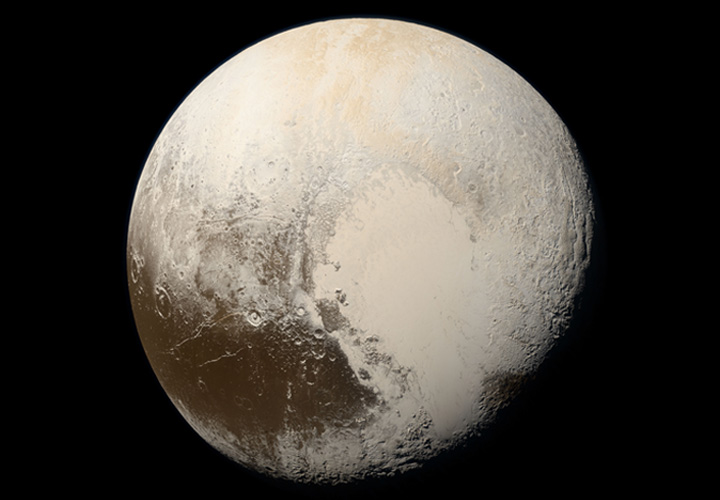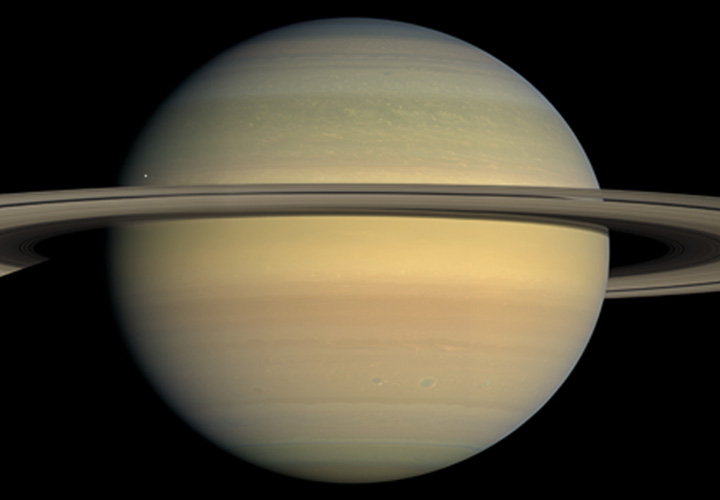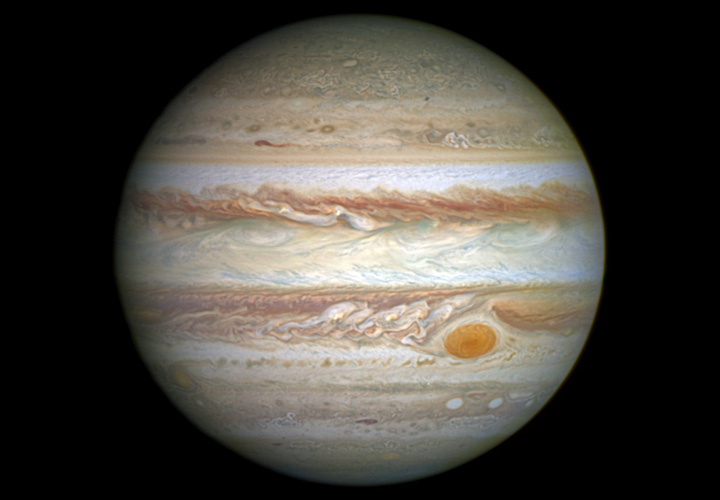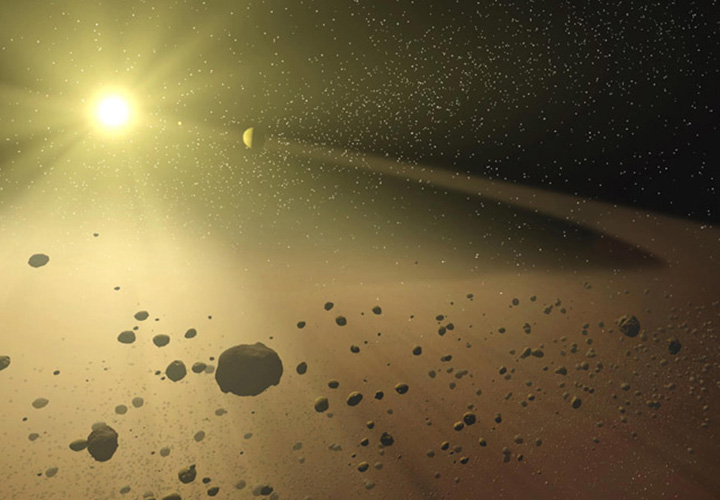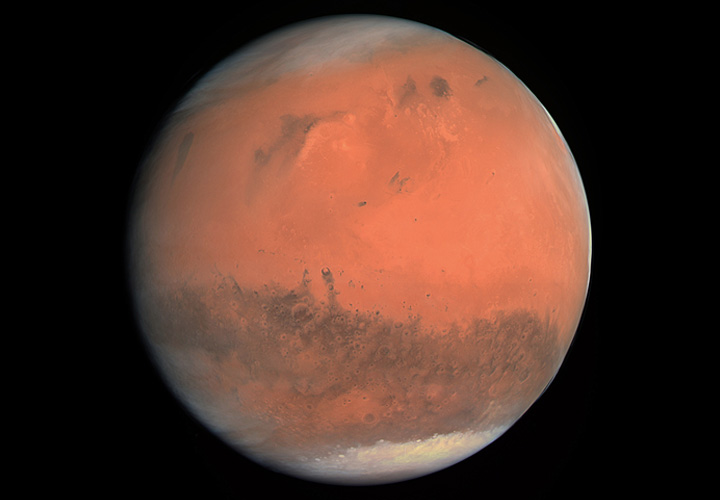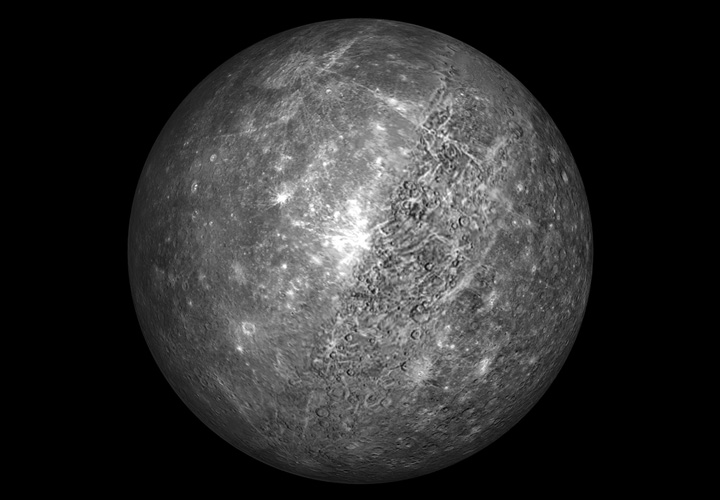Why we need more people like Elon Musk to Save our Nature
Elon Musk is an Engineer, Entrepreneur and a Billionaire. Be it his work, his love life or tweets, he is always in the News. He is not the richest person on the planet but he is certainly loved more than most of the richer ones. As a person, he has an army of admirers and a group of people who just hate him.
15 Facts about Mars: The Next Destination
Mars ( ♂︎ , मंगल ), the fourth planet of the Solar System can be called the most behaved planet after Earth. Unlike extreme conditions on Mercury and Venus and unavailability of a solid surface on the giant planets, Mars is the only nearby place we can think of having a colony. It sounds nice but in reality, Mars is still a very hostile planet. A colony may be a dream of far future but we may soon have few humans there. Here are some interesting facts about our friendly neighbour Mars: The Greeks named this planet as Ares, the Greek God of War. Then, Roman changed the name of the planet as their God of War: Mars Mars is the second smallest planet in the Solar System after Mercury The Maps by Christiaan Huygens contain terrain features of Mars The rotation on Axis (Solar Day)…
15 Facts about Mercury: The Messenger of God
Mercury ( ☿ , बुध ), the closest planet to the Sun is the one which faces its maximum fury. This tiny piece of rock has its own fascinating features. Here are some interesting facts about the mighty Mercury: Both moons individually only have a mass equal to 40% of Mercury The Roman god Mercury serves as the guide of souls to the underworld An observer on Mercury would see only one day every two Mercurian years The polar region is constantly below -93° C Mercury is too small and hot for its gravity to retain any significant atmosphere over long periods of time Appendix: Exosphere This Exosphere contains Hydrogen, Helium, Oxygen, Sodium, Calcium, Potassium and others. Mercury’s gravity is double that of our Moon Mercury’s magnetic field is much weaker than Earth‘s magnetic field. It is still strong enough to deflect…

